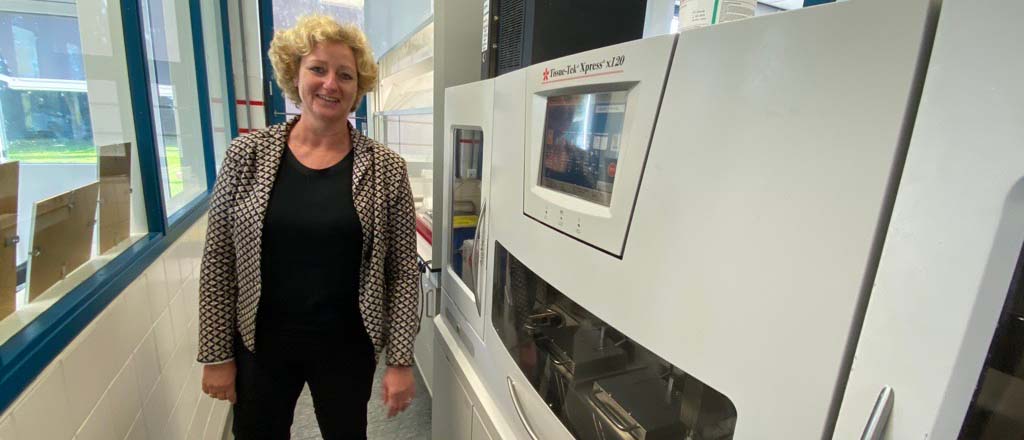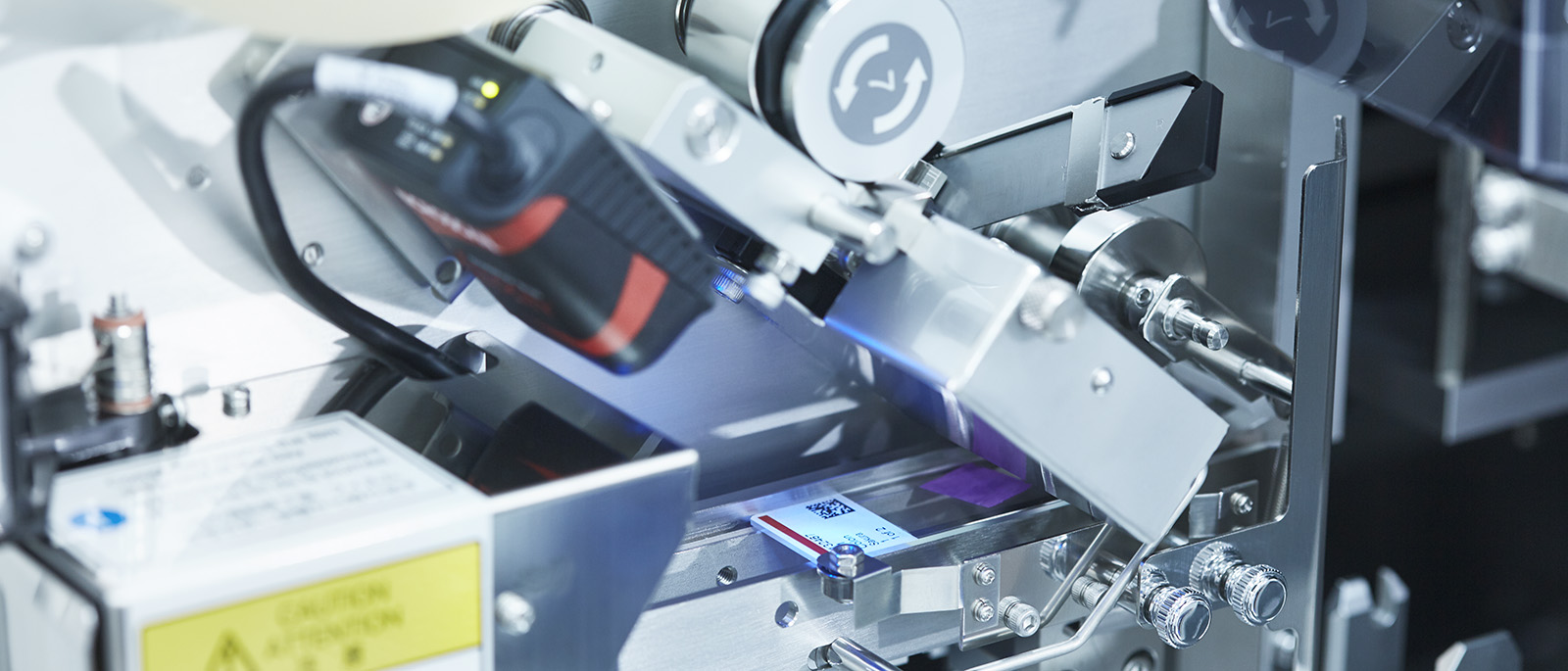Global trends in cancer diagnostics
Cancer incidence continues to rise at a global level. In 2022, cancer became the leading cause of death worldwide1. Current estimates suggest that 1 in 2 people will be diagnosed with cancer at some point in their lifetime, and globally, 1 in 6 deaths are attributed to cancer. Looking ahead to 2040, cancer cases are projected to increase by over 10 million, and mortality from cancer is expected to grow by nearly 7 million cases annually2.
The COVID-19 pandemic worsened this outlook by delaying routine screenings, leading to growing backlogs. In 2021, the World Health Organization (WHO) reported that 44% of countries experienced increased disruption in cancer screening services due to pandemic-related constraints3. This delay has placed considerable strain on histopathology services, with laboratories facing high tissue volumes and increasing pressure on limited staff.
Evolving practices in the histopathology field
In response, laboratories across Europe and beyond have adopted innovative approaches to reduce turnaround times, manage case volumes, and increase diagnostic capacity. Key examples of successful adaptation include:
Remote diagnostics enabled by early adoption of digital pathology.
Same-day diagnosis for specific tissue types in advanced labs.
Improved throughput, with some institutions reporting a threefold increase in processing capacity and significant reductions in staffing demands.
These advancements demonstrate the importance of integrating digital workflows, rapid tissue processing systems, and validated staining protocols to support diagnostic demand while maintaining quality4.
Prioritising technicians’ well-being
While efficiency and accuracy are essential, technician well-being is also a fundamental pillar of laboratory excellence. When staff are overburdened due to increased caseloads or outdated processes, it can lead to frustration, fatigue, and disengagement. Conversely, implementation of structured, supportive systems can lead to positive outcomes:
Reduced physical and cognitive stress
Greater focus and precision during critical tasks
Renewed motivation to adopt innovative practices
Lab professionals have reported enhanced morale and satisfaction in workplaces where diagnostic support systems were optimised - showing that workflow improvements can have both clinical and human benefits5.
The path forward
As cancer incidence continues to rise, histopathology laboratories are central to the global response. Their capacity to manage increasing case volumes depends not only on instruments and technologies, but on sustainable workflow design, training, and staff support.
Modern laboratories that embrace digitisation, standardisation, and automation are better equipped to meet diagnostic demands while enhancing the overall patient journey.
1World Health Organization. Cancer Key Facts. https://www.who.int/news-room/fact-sheets/detail/cancer
2International Agency for Research on Cancer. Cancer Tomorrow: Estimated future burden worldwide. https://gco.iarc.fr/tomorrow
3World Health Organization. Second round of the national pulse survey on continuity of essential health services during the COVID-19 pandemic (April 2021). https://www.who.int/publications/i/item/WHO-2019-nCoV-EHS-continuity-survey-2021.1
4Cancer Research UK. Cancer incidence statistics. https://www.cancerresearchuk.org/health-professional/cancer-statistics/incidence
5ESMO Open. van Harten, W.H. et al. The impact of COVID-19 on cancer diagnosis and treatment delay. ESMO Open, 2021. https://doi.org/10.1016/j.esmoop.2021.100285
EMWEB0024EN





